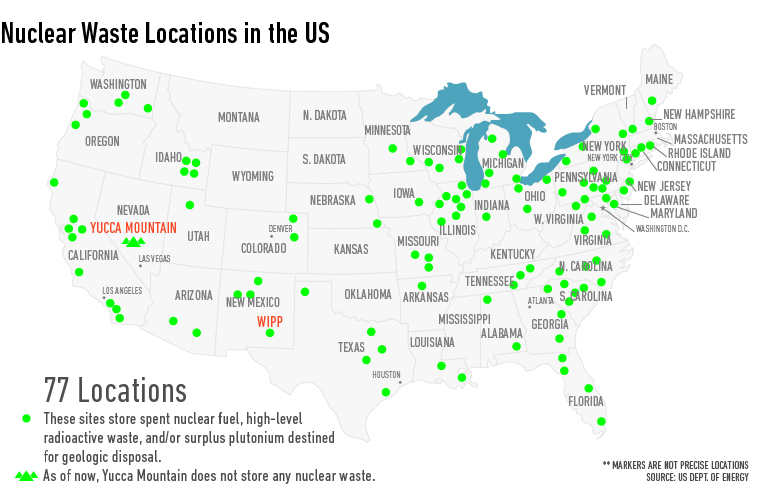- 1% of children ages 3-17 have Autism.
- It is estimated 1 out of every 88 births will result with a child that has Autism.
- Fastest growing developmental disability in the U.S.
- Expect to grow 10-17% annually.
- 5 times more common in boys than girls
- Average medical expendatures exceed $4,000 for a person with Autism
- On 56% of students with Autism finish high school
Sources:
"Prevalence of Autism Spectrum Disorders — Autism and Developmental Disabilities Monitoring Network, 14 Sites, United States, 2008." Department of Health and Human Services, Centers for Disease Control and Prevention. Morbitity and Mortality Weekly Report, 30 March 2012.
Rosenberg RE, Law JK, Yenokyan G, McGready J, Kaufmann WE, Law PA. Characterisitics and concordance of autism spectrum disorders among 277 twin pairs. Arch Pediatr Adolesc Med. 2009; 163(10): 907-914.
Based on the autism prevalence rate of 1 in 110 (Centers for Disease Control and Prevention, 2009) and 2000 U.S. Census figure of 280 million Americans.
 Sources:
Sources: